It might seem like just another holiday, but Valentine’s Day packs a whole lot more into its heart-shaped box than chocolates and roses. From its roots way back in ancient Rome, where the festival of Lupercalia celebrated fertility and love, right up to today’s global phenomenon, this day has always been about – more than meets the eye.
Cultures all over the world have shaped and shared Valentine’s traditions. Think of it as this giant, worldwide collaboration that transcends borders and language barriers, creating a day that connects people everywhere in universal themes of love and appreciation. It’s kind of like humanity’s version of a group hug.
But what’s the secret sauce that makes Valentine’s Day so irresistibly popular? It’s all rooted in emotional connections. The day serves as a reminder, a little nudge if you will, to express love, gratitude, and reaffirm the bonds we share with the special folks in our lives.
Sure, businesses cash in on the day’s popularity—there’s no denying that. But beyond the commercials and the sales pitches, there’s a genuine sentiment people seem to embrace. We see gifts like flowers and cards as more than just items – they’re tokens of our affection, each with its own bit of symbolism.
And then there’s the media and pop culture, painting Valentine’s Day with its broad strokes, reinforcing the day’s narrative through movies, songs, and stories that keep the romance alive year after year.
Personal stories add another layer to this holiday. People everywhere recount heartwarming tales of romantic gestures or unexpected surprises. These individual experiences create a tapestry of memories, each one unique yet part of the larger Valentine’s tradition.
Of course, there’s always room for different perspectives. While many celebrate, others point out the holiday’s commercialization, or choose to embrace alternatives that better fit their values.
Looking ahead, Valentine’s Day continues to evolve. New generations might find fresh ways to celebrate, evolving traditions that keep the spirit alive while staying true to their personal connections and modern realities.
Valentine’s Day is popular worldwide because it celebrates love and affection, emotions that are universally cherished. Its popularity can be attributed to its deep cultural, historical, and commercial roots, which have evolved over centuries.
Historical Roots of Valentine’s Day
Lupercalia, an ancient Roman festival celebrated annually on February 15, was deeply tied to fertility, purification, and the coming of spring. It honored Lupercus, the Roman god of fertility, as well as the she-wolf (Lupa) who nursed Romulus and Remus, Rome’s legendary founders. The rituals performed during the festival were explicitly aimed at promoting fertility and ensuring abundance. Here are the key fertility-related practices:
Sacrificial Offerings
The festival began with the sacrifice of goats and a dog at the sacred cave of the Lupercal on the Palatine Hill. Goats symbolized fertility, while the dog was likely associated with purification.
The blood from the animals was smeared on the foreheads of the Luperci (priests of the festival), who then wiped it off with wool dipped in milk, signifying a cleansing or purification process.
Striking with Goat Skins (Februa)
The most famous fertility ritual involved the Luperci running through the streets of Rome, semi-naked, carrying strips of goat hide known as “Februa” (from which the month of February derives its name).
These strips were used to gently strike women who came forward voluntarily. Women believed this would enhance their fertility, ease childbirth, or even cure barrenness.
Symbolism of Nudity and Running
The Luperci were often lightly clad or naked as they ran through the city. This nudity symbolized natural vitality, virility, and the shedding of societal constraints, emphasizing primal and fertile energy.
The act of running around the Palatine Hill also symbolized the spread of fertility and the protection of the city.
Pairing Through the Lottery
Some accounts suggest that unmarried young men and women were paired randomly during Lupercalia through a lottery system.
The couples would spend the duration of the festival together, and this could sometimes lead to marriage. The pairing was viewed as a way to encourage relationships that might also lead to childbirth.
Cleansing and Renewal
The festival also included purification rituals intended to “cleanse” the city and its inhabitants. This renewal was considered vital to promote the health and vitality needed for fertility and abundance in the coming agricultural season.
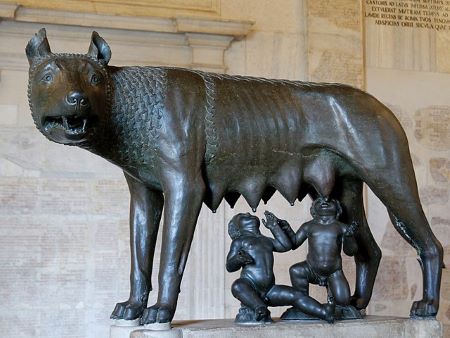
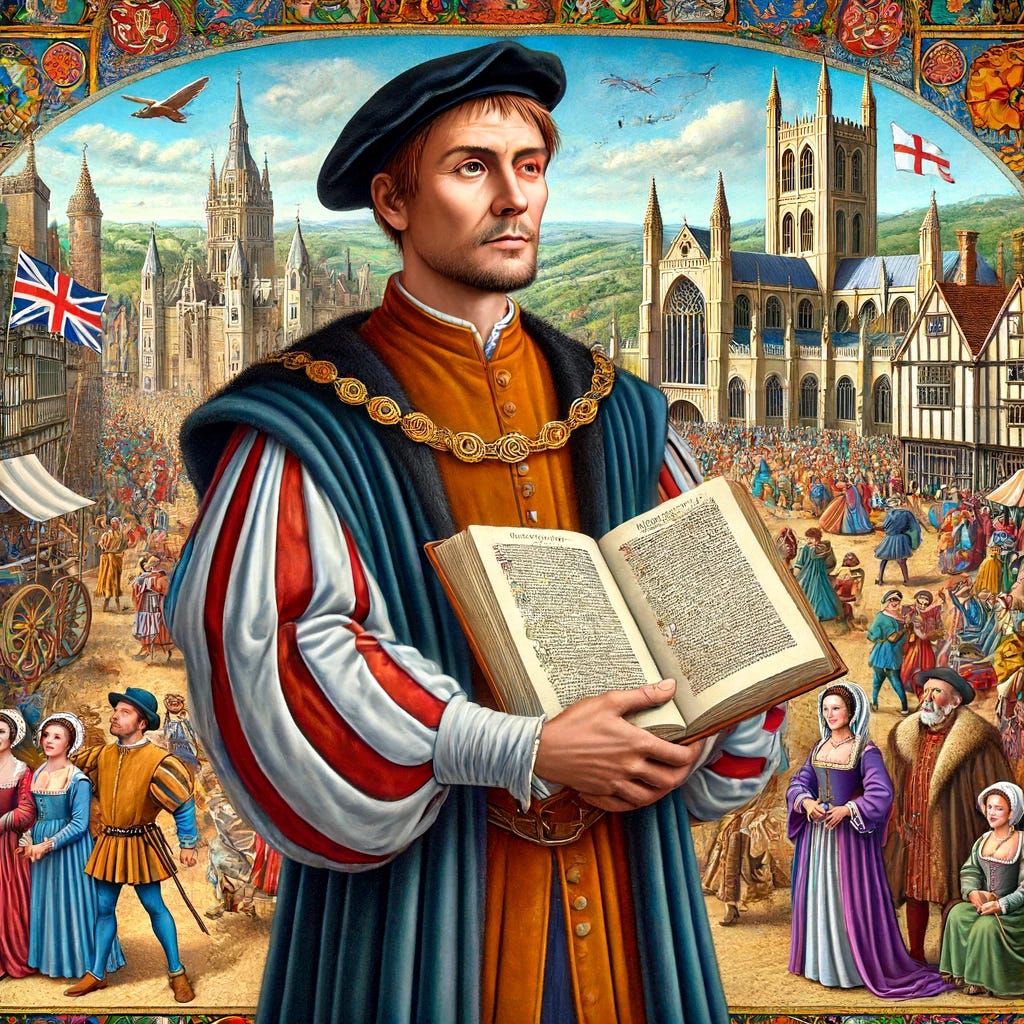
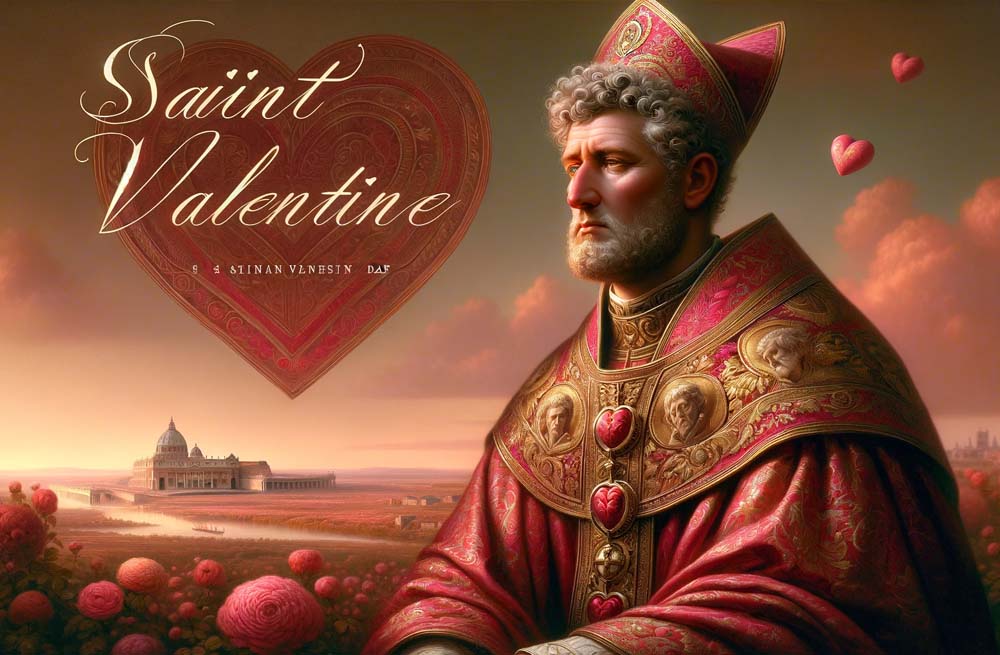
These rituals, while shocking or unfamiliar by modern standards, reflect the importance the Romans placed on fertility for personal, societal, and agricultural prosperity. Lupercalia was later suppressed as Christianity spread, and some of its themes, like purification and love, may have influenced the development of Valentine’s Day.
Roman Origins:
-
- Valentine’s Day is thought to have originated from Lupercalia, a Roman festival celebrated in mid-February to honor fertility, purification, and the coming of spring.
- During Lupercalia, rituals were performed to promote fertility and matchmaking. Over time, some of these customs influenced later traditions.
- Christian Influence:
- The holiday is named after St. Valentine, a Christian martyr. There were multiple saints named Valentine, but the most famous story involves a priest who secretly married couples during Emperor Claudius II’s rule, defying a ban on marriage for soldiers.
- Valentine was executed on February 14, and his martyrdom became associated with love and devotion.
- Medieval Romanticization:
- By the Middle Ages, February 14 was linked to romance through the writings of poets like Geoffrey Chaucer. In “Parliament of Fowls” (1382), Chaucer described February 14 as the day birds choose their mates, intertwining the date with ideas of love and courtship.
Why Is It So Popular?
Universality of Love:
-
- Love and relationships are central to human experience, making a day to celebrate them resonate deeply with people across cultures and backgrounds.
- Ritualized Expression:
- Valentine’s Day provides a dedicated opportunity for people to express feelings through gifts, cards, and gestures. It formalizes love into a shared, communal experience.
- Commercialization:
- By the late 19th century, companies began marketing Valentine’s Day as a holiday for gift-giving. The introduction of greeting cards by Hallmark in the early 1900’s and the widespread promotion of chocolates, flowers, and jewelry made it a commercially significant day. Popular jewelry gifts are sourced here through Amazon online.
- Globalization:
- In the modern era, the celebration of Valentine’s Day has spread globally due to media, marketing, and cross-cultural influences, adapting to fit different traditions and values.
- Emotional Connection:
- People enjoy the sentimentality and joy of celebrating love—not just romantic love but also friendships, familial bonds, and self-love. This flexibility has broadened its appeal.
Traditions and Symbols
- Hearts:
- The heart has long been a symbol of love and emotion, making it a central motif of Valentine’s Day. Hearts can transcend to apparel, and here are some unique dresses I found at Retro Stage available online today. Alternative styles in vintage inspirations can be located at Amazon – shop these styles today.
- Cupid:
- The Roman god of love, often depicted as a cherubic archer, represents romance and passion. Cupid props or memorabilia are sourced through Amazon today.
- Red Roses:
- Associated with passion and deep love, red roses have become a quintessential Valentine’s gift. If you can’t afford the real stuff, try these imitation or preserved roses – a gift that keeps giving, but looks like the real thing.
- Exchanging Cards:
- Sending handwritten notes or printed cards began in the 15th century and remains a cherished tradition. Cards of all shapes and sizes including 3D are found online today – buy them here.
- Chocolates:
- In the Victorian era, chocolates became a popular gift, partly due to their association with indulgence and romance. Assorted chocolates and gifts are waiting for your purchase now – learn more here.
Modern Popularity
Valentine’s Day continues to evolve, with many embracing new ways to celebrate. It has become more inclusive, celebrating all forms of love—romantic, platonic, familial, and self-love. This inclusivity, combined with its historical and commercial backing, ensures its ongoing popularity.
It’s a day that highlights the human need for connection, making it timeless and enduring.
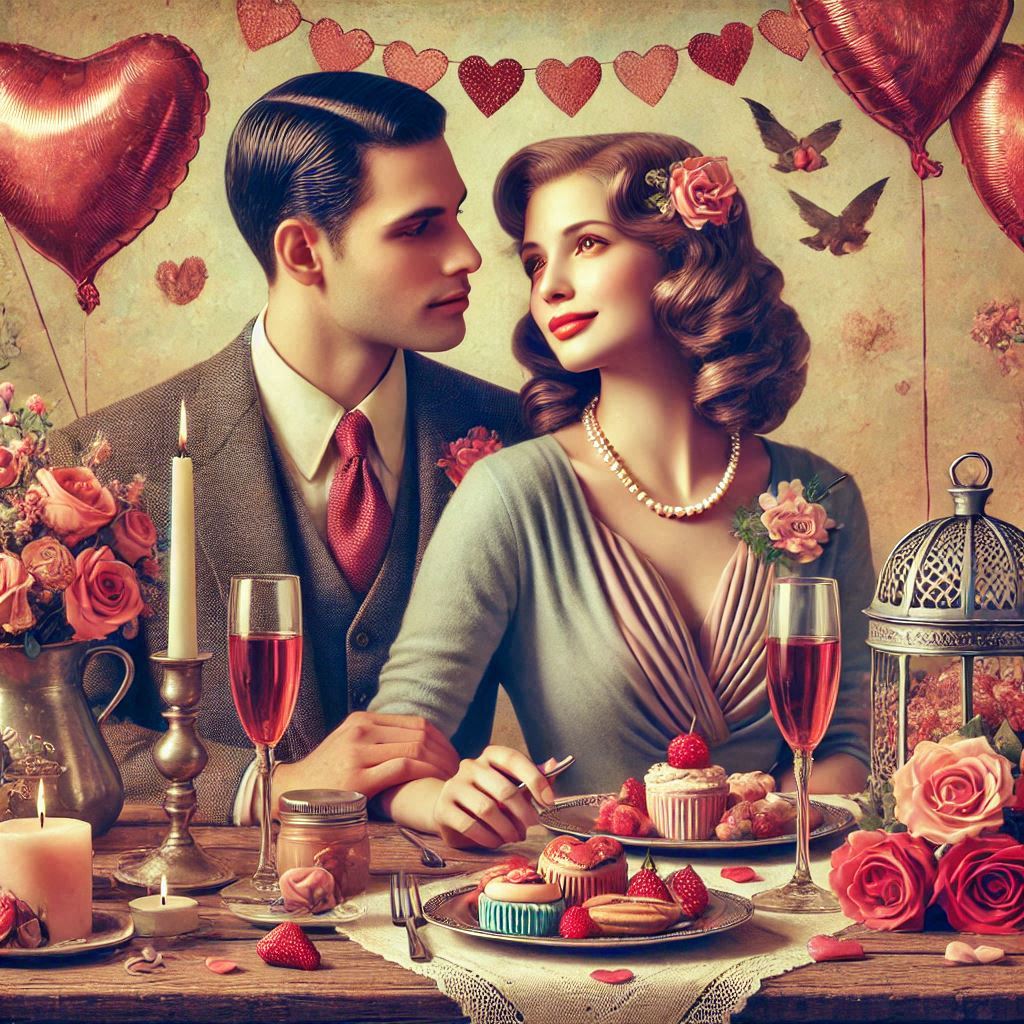
Hope you enjoyed this short post on the meaning of Valentines Day. Today we celebrate in our own emphatic way – without the need of the shocking rituals and sacrifices from the medieval times.
Regards Helen
Feel free to leave a message below, or follow us on our socials:
https://www.facebook.com/vintageclothesandaccessorydesigns
https://www.instagram.com/vintageclothesandaccessories/?hl=en

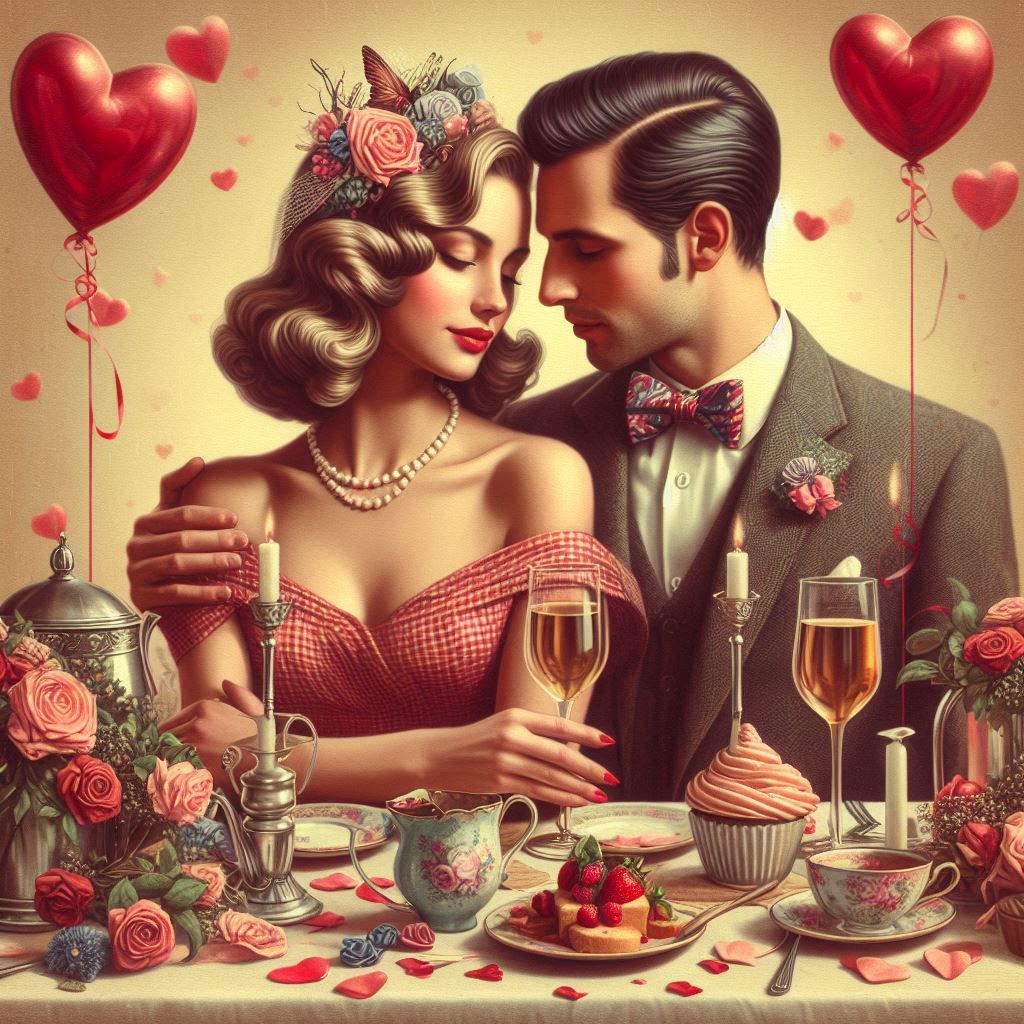
This article takes a deep dive into the origins and evolution of Valentine’s Day—from its roots in ancient Roman rituals to its transformation into a global celebration of love. It reveals how symbols like hearts, Cupid, red roses, and the exchange of cards have come to represent the universal language of affection, while also noting the impact of commercialization and cultural adaptation over time. The piece makes me reflect on how a holiday steeped in historical rituals now serves as a multifaceted reminder of connection, inclusivity, and the enduring human need to express love. What are your thoughts on how these traditions have evolved to meet modern values?
Hi Dan, and thanks for your response. I believe that Valentine’s Day traditions have evolved significantly aligning with our modern values, by reflecting cultural shifts and changing relationship dynamics. However, this significant day still holds onto its romantic roots – embraced by many.
Regards Helen.